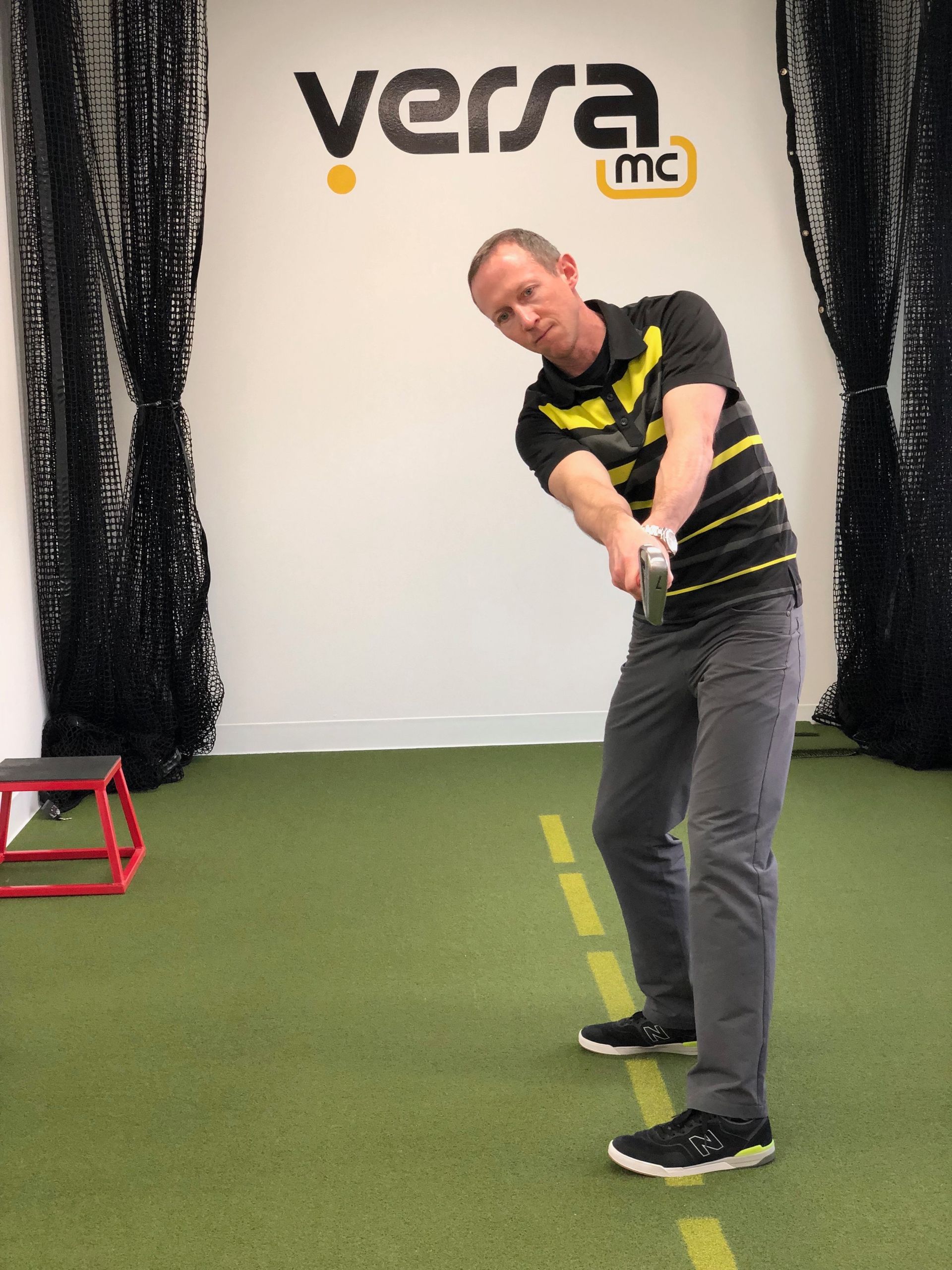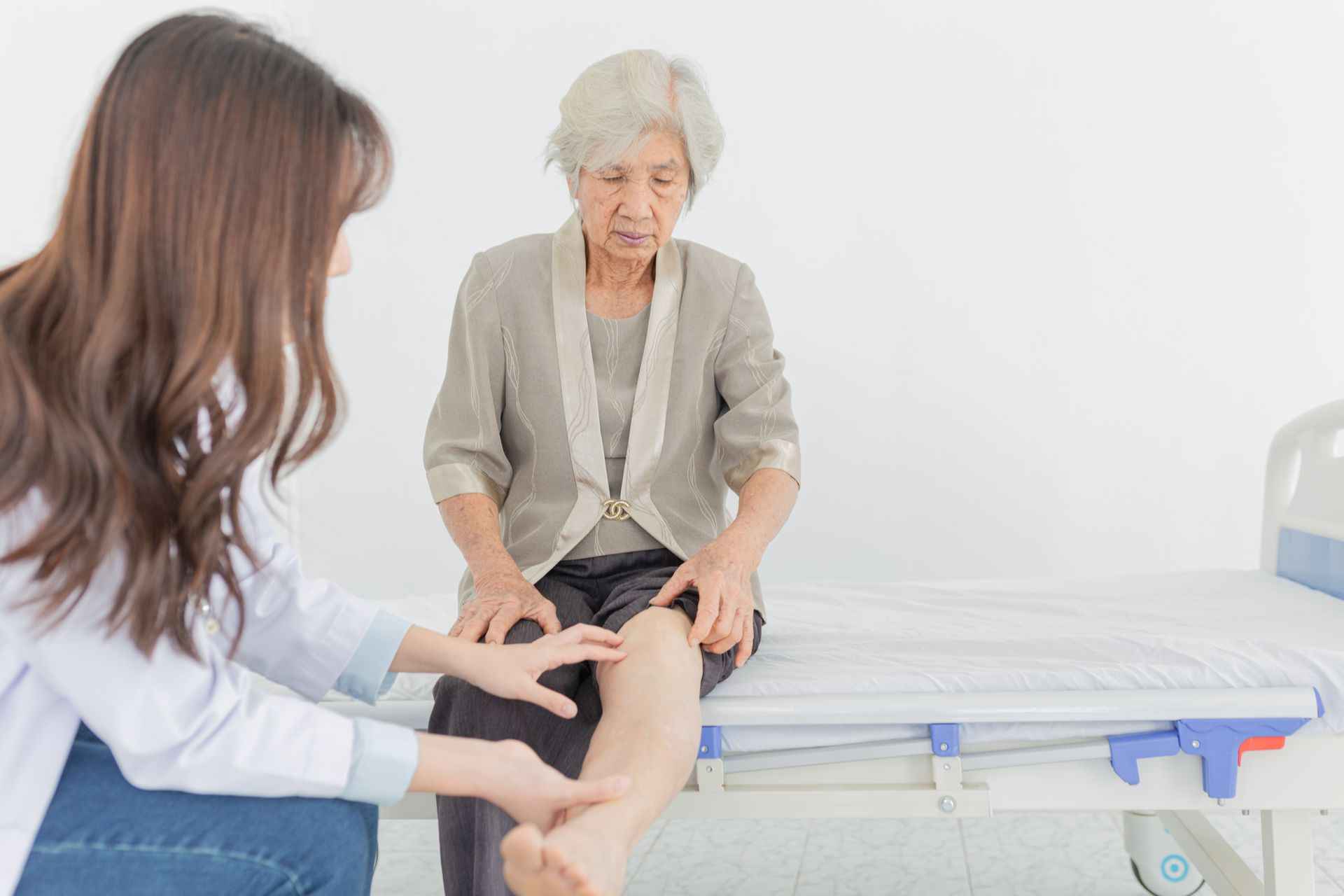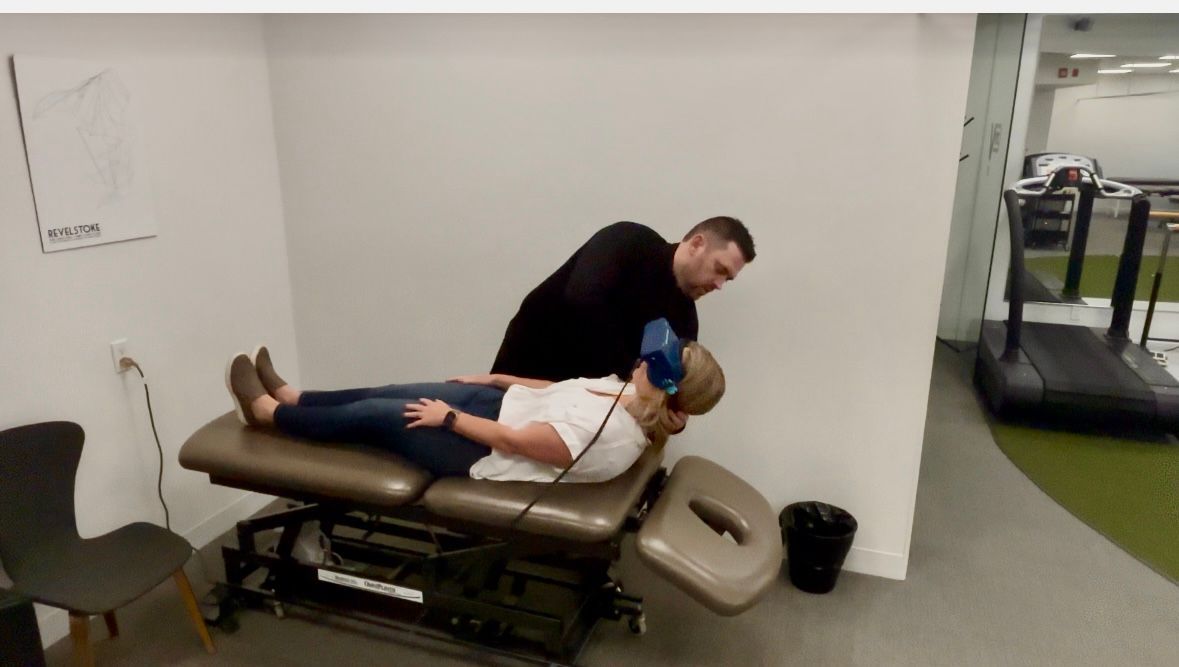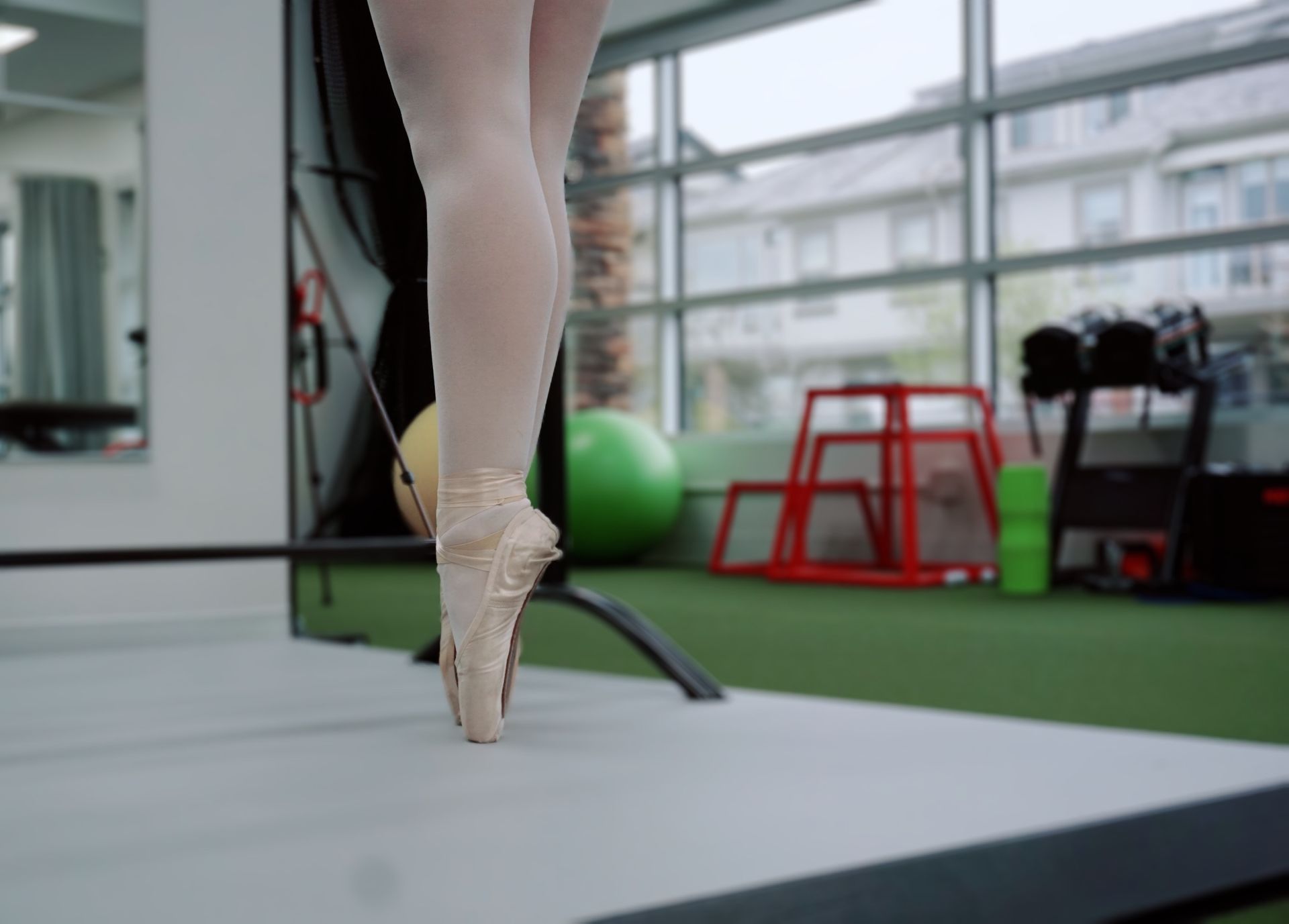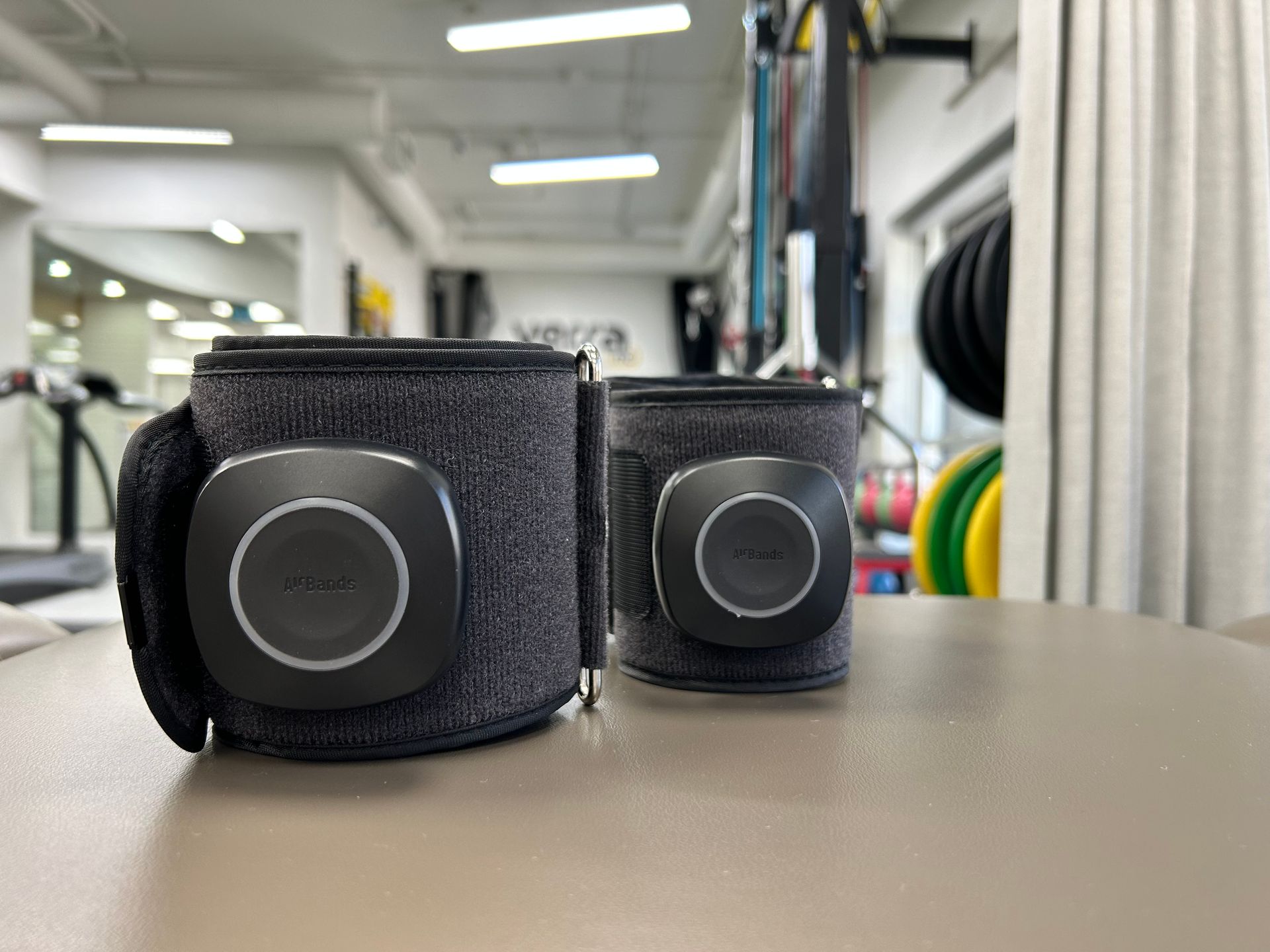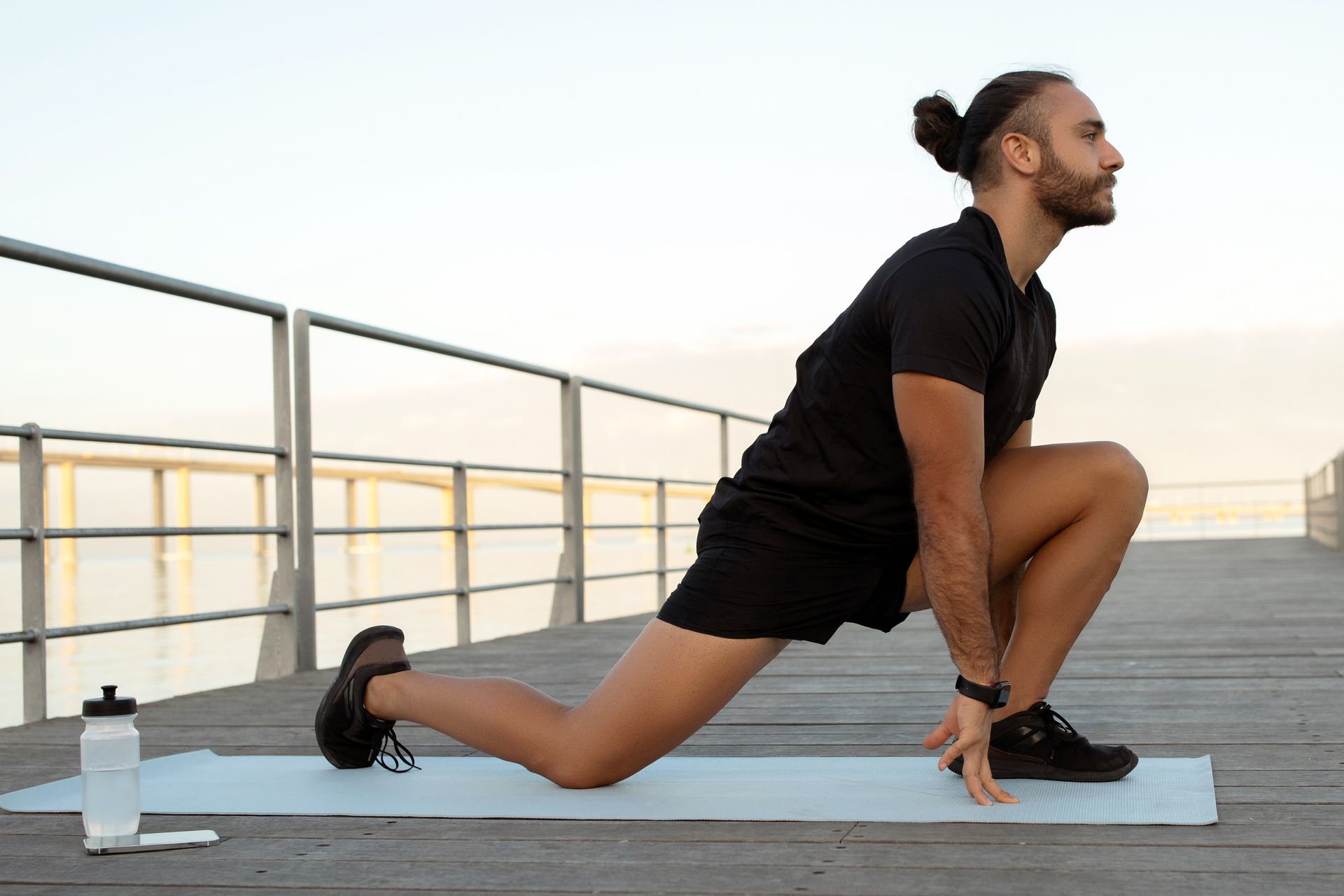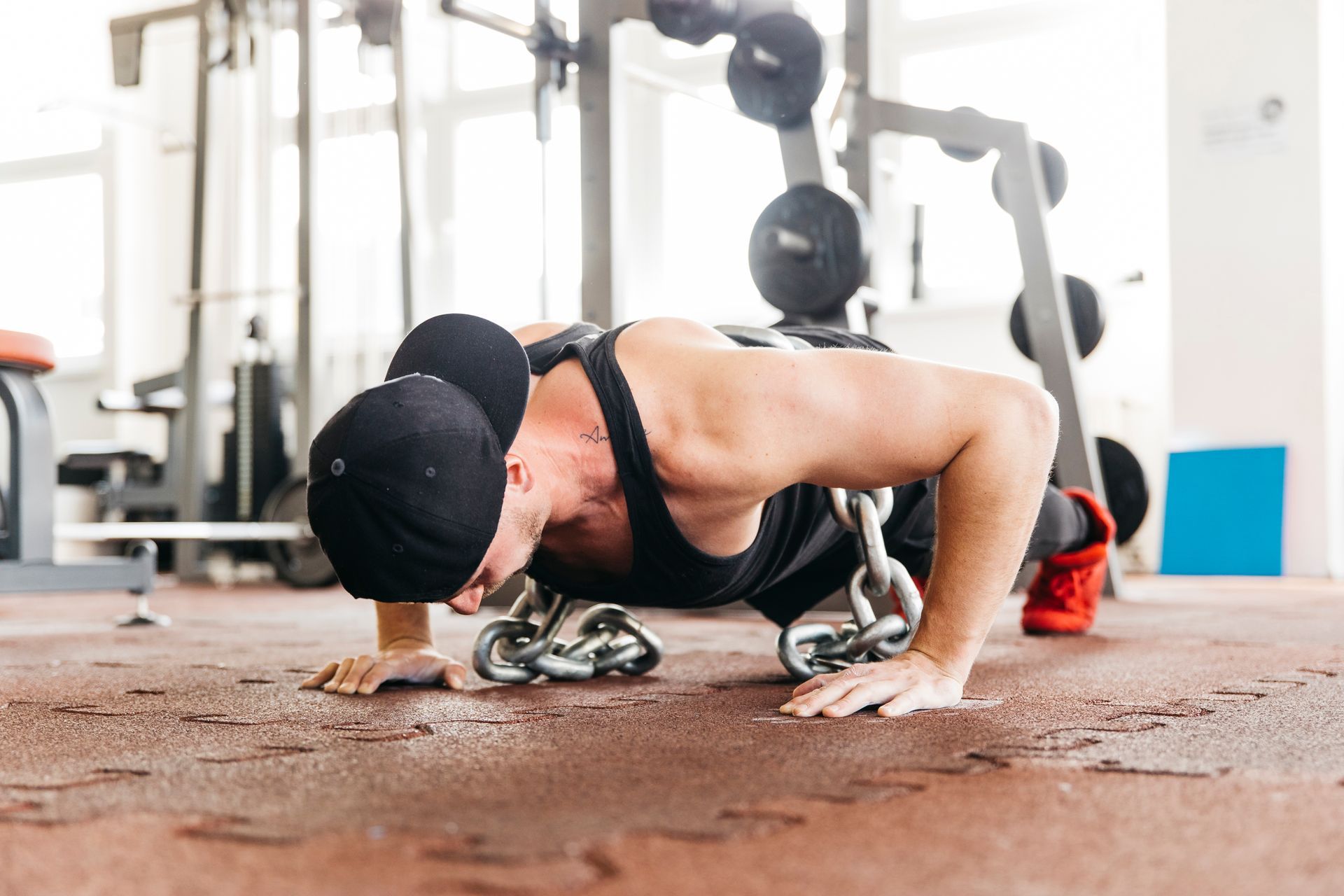A Beginner’s Guide to Pre-Pointe Assessment
Most Ballet schools require their students to do a pre-pointe assessment to determine if they are ready for pointe work. The minimum age to start pointe work is usually 11 years and students must be practicing ballet regularly to have proper technique and strength. The goal of these requirements is to keep their students safe and to prevent injury.
A pre-pointe assessment is done to help prepare a dancer for pointe work and to allow them to improve their technique. It is recommended to have pointe work readiness judged through sound scientific evidence rather than age and practice alone. A physio pre-pointe assessment is done to assess whether a dancer is ready to resume dancing after an injury.
What Is a Ballet Pre-Pointe Assessment?
A Ballet pre-pointe assessment is best done before registering for pointe classes or a pointe shoe fitting. Pre-pointe assessment criteria include evaluating ankle mobility, calf strength, single leg balance, abdominal strength, movement control, lower extremity alignment, and overall dance form.
An appointment with a knowledgeable physiotherapist is recommended to complete a proper assessment to ensure that pointe work is safe for you. During the assessment, your physiotherapist will look at your knowledge of basic steps, flexibility, strength, and movement control. The appointment usually lasts 30-45 minutes.
You will be asked to give a brief history of your dance journey to allow your physiotherapist to understand your training load and your goals. It will also inform them of any previous injuries. Measurements of your range will then be taken, and your movement will be analyzed.
If a student is not ready for pointe work at their first assessment, regular stretches and exercises will be advised to correct the issues and progress towards pointe readiness. These stretches and exercises are used to improve intrinsic foot strength, ankle alignment, and calf strength.
A second pre-pointe assessment is generally done after three-to-six weeks to track progress and re-assess any weaknesses.
What Do I Need to Wear?
During your pre-pointe assessment, the physiotherapist needs to see your muscles, joints, and form to evaluate pointe readiness. It is therefore important to wear tights, leotard, and ballet shoes, with your hair in a bun.
How Does This Prevent Injuries in the Future?
Moving on to pointe classes is an accomplishment for a ballet dancer. If not done carefully, it can have potential injury risks. A pre-pointe assessment is useful to prevent injury by identifying your body’s weaknesses and correcting them before they cause you injury or pain.
With proper form, you will also avoid bleeding toes and sore ankles after your ballet practice. These most likely happen when dancers have ankles and calves that are too weak to keep their feet in a good position when en pointe. Dance medicine and safety now recognize the impact that professional assessment has on giving dancers the right tools to have a great dancing journey.
Book Your Pre-Pointe Assessment Now
Versa Movement Collective in South Calgary offers dance-specific treatment to dancers of all ages and levels. The VersaMC team is familiar with the requirements that dancers need to prevent and recover better from injuries.
A pre-pointe assessment evaluates foot strength, ankle strength, flexibility, and range of motion to prepare dancers for pointe classes. Discover your weaknesses and improve your technique by booking an appointment with us. Call us at 403-727-0802 or book online .

